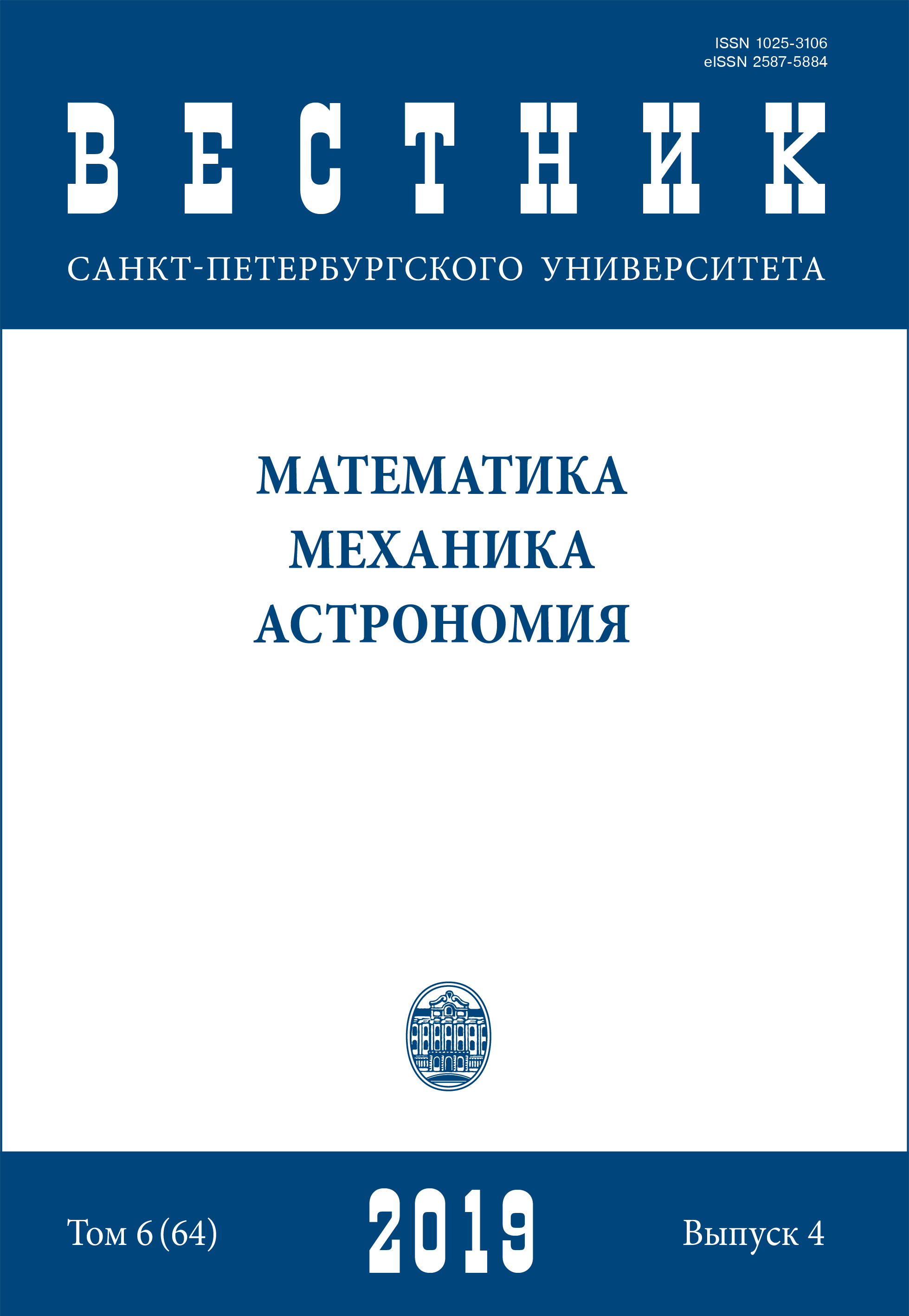Generating extremely multistable systems based on Lurie form systems
DOI:
https://doi.org/10.21638/11701/spbu01.2019.403Abstract
Chaotic signals and systems are widely used in image encryption, secure communications, weak signal detection and radar systems. In recent years, many researchers have focused on the design of systems that have an infinite number of coexisting chaotic attractors. In this article, we propose some approaches to generating self-reproducing systems with an infinite number of coexisting self-excited or hidden chaotic attractors with the same Lyapunov exponents, based on mathematical models of systems in Lurie form. The proposed approach makes it possible to generate extremely multistable systems, using numerous well-known examples of the existence of chaotic attractors in systems in Lurie form and without resorting to exhaustive computer search. Illustrating the methods proposed in the paper, we construct, in particular, extremely multistable systems with a 1-D and 2-D grid of hidden chaotic attractors using the generalized Chua system, in which the hidden attractors were first discovered by G. А. Leonov and N. V. Kuznetsov.
Keywords:
dynamic system, chaos, coexisting chaotic attractors, Lyapunov exponents, Kaplan — Yorke dimension
Downloads
References
References
Downloads
Published
How to Cite
Issue
Section
License
Articles of "Vestnik of Saint Petersburg University. Mathematics. Mechanics. Astronomy" are open access distributed under the terms of the License Agreement with Saint Petersburg State University, which permits to the authors unrestricted distribution and self-archiving free of charge.




